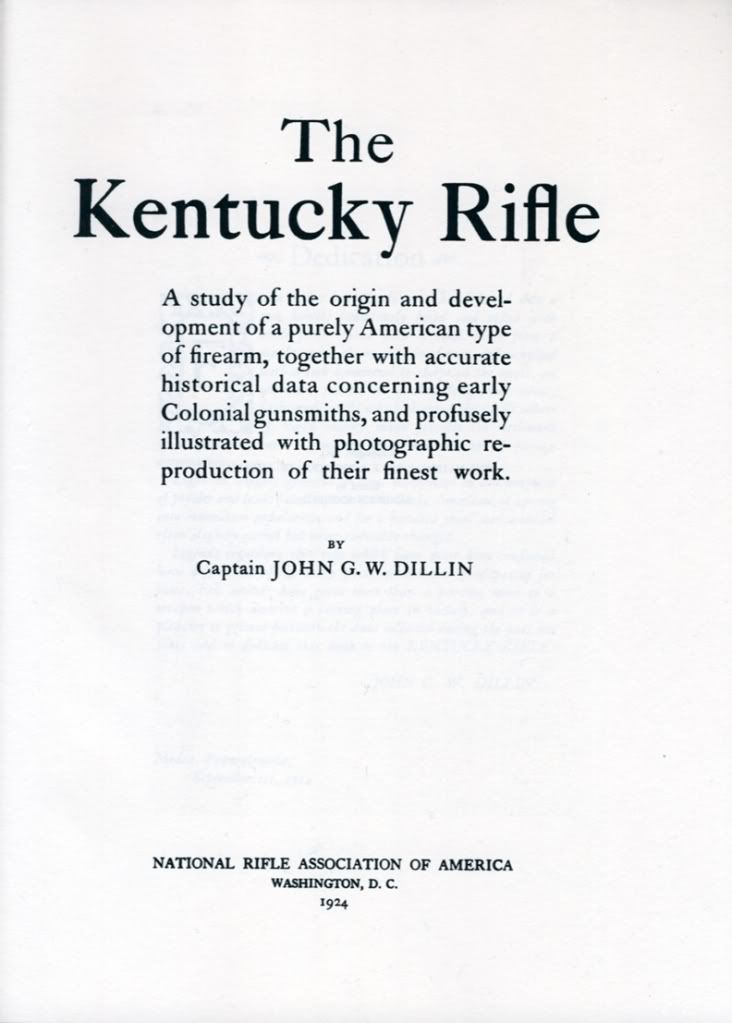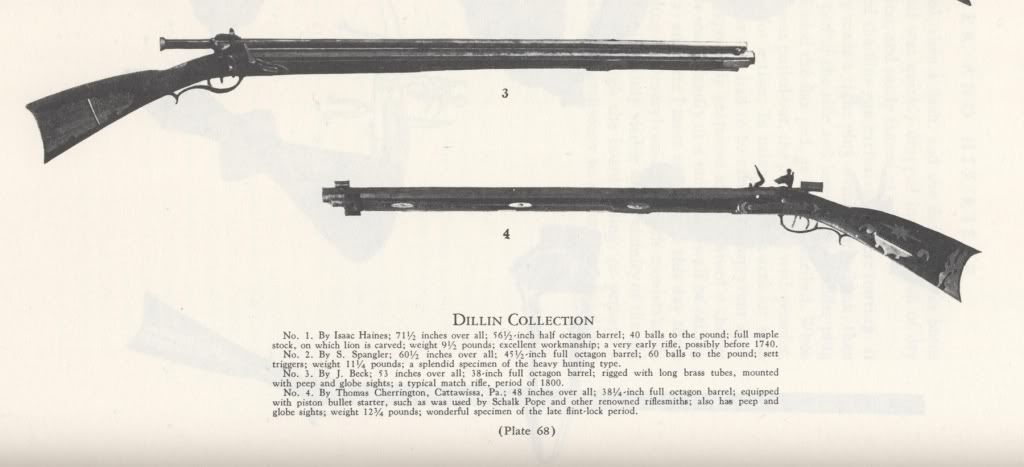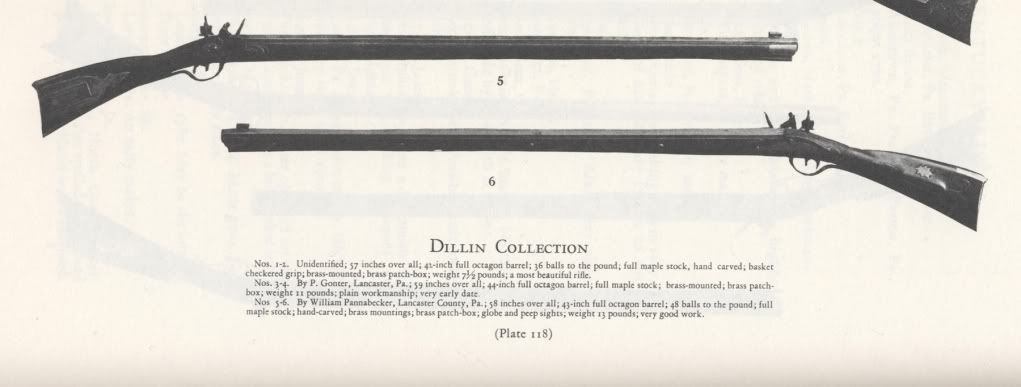ihuntsnook said:
I don't doubt that peep sights appeared on 18th century longrifles used for match shooting.
Another current thread - 'French target rifles' by Dyemaker in this forum is very interesting. It appears to show honest-to-Goodness peep sights on 18th century rifles. Also, apparently 'diopters' (not peeps) with tiny holes were fairly common on 18th century jaeger rifles to sharpen the sight picture when target shooting.
Modern peep sights for target shooting have small holes, but not tiny like diopters, and for hunting use - the
bigger the hole, the better. Generally, with traditional black powder and round balls I don't see any advantage when hunting for peep sights because of the relatively short ranges encountered. For older people like me,tho, the peep provides a way to accurately shoot while hunting or to stay competitive (or in my case just to hit the target) in club matches.
Because I like peeps, I have looked into their use in the 18th century. Years ago, I stopped by the Smithsonian. At that time, they had a very poor selection of early peep sights and as I remember it, all were on arab weapons or cross bows.
So ... if peeps had no advantage
for hunting over open sights in the 18th century I find it unlikely few, if any, were made at that time in America. I gotta admit, tho, French peep sights, new to me, add some big unpredictables to this statement. I guess it just shows that we better not be too dogmatic on this subject.
Bottom Line - A peep sight on an 18th century American long rifle just don't look right.
+++++++++++++++++++
To extinguish residual embers, immediately after discharge always wet swab or blow down the barrel.







